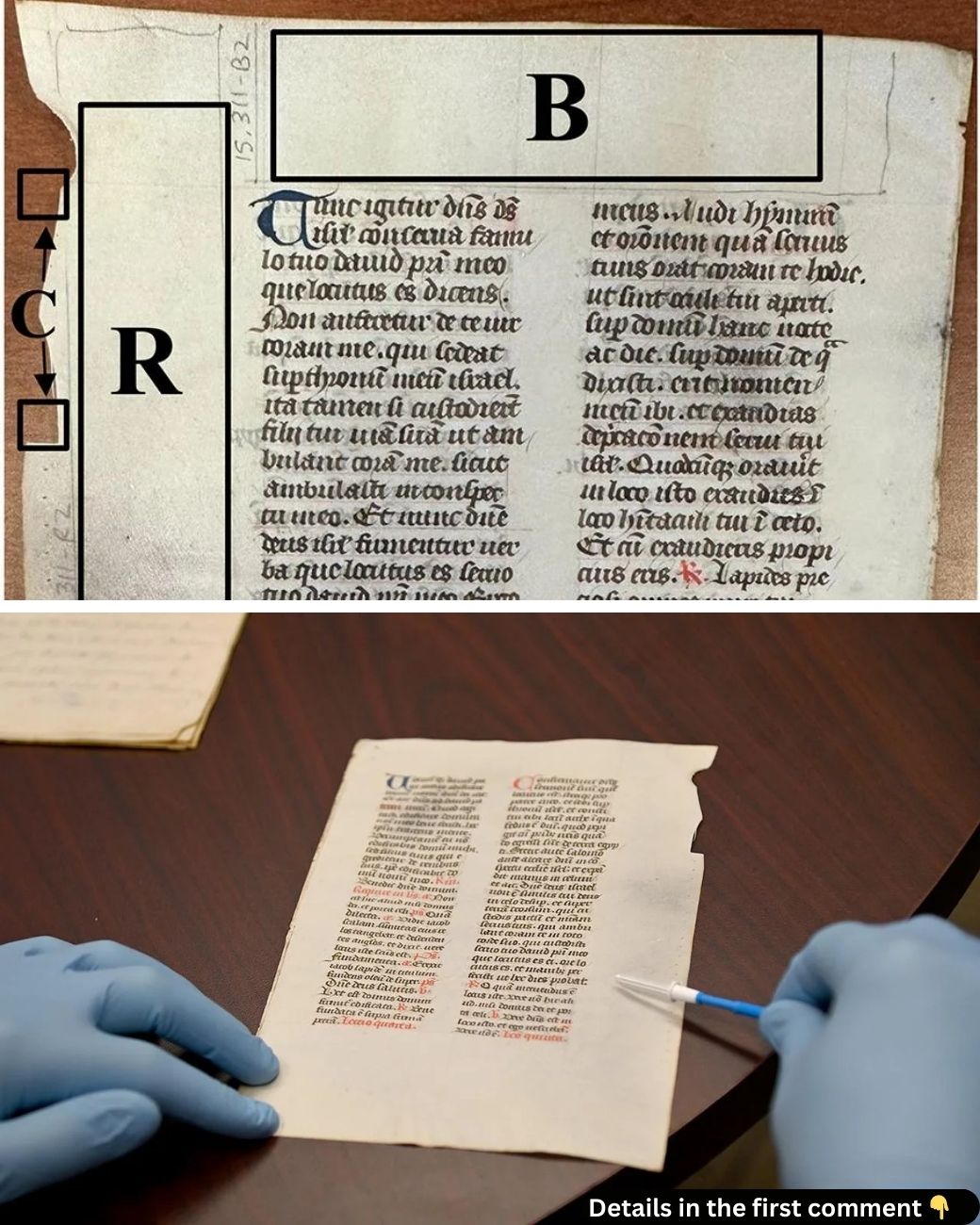For centuries, historical manuscripts have been invaluable sources of knowledge, shedding light on ancient societies and their practices. But what if these parchment pages, made from the skins of animals, could tell us even more? Thanks to a groundbreaking study led by Tim Stinson and his team at North Carolina State University, we now have a new method of unlocking ancient secrets that go beyond written words. By extracting DNA from the very material these medieval documents were made from, researchers are gaining unprecedented insights into the past. This innovative technique, using cytology brushes, is opening doors to a whole new realm of historical understanding, one that blends the disciplines of humanities and science.
A New Technique: Cytology Brushes for Non-invasive DNA Collection
In the past, extracting DNA from historical manuscripts was a challenge. The traditional method involved using erasers to collect cellular material from the parchment, a labor-intensive process that could be damaging to the fragile documents. Not only was this method physically exhausting, but it also posed risks of contamination. Researchers were in need of a faster, safer, and more effective way to collect DNA without compromising the integrity of the manuscripts.
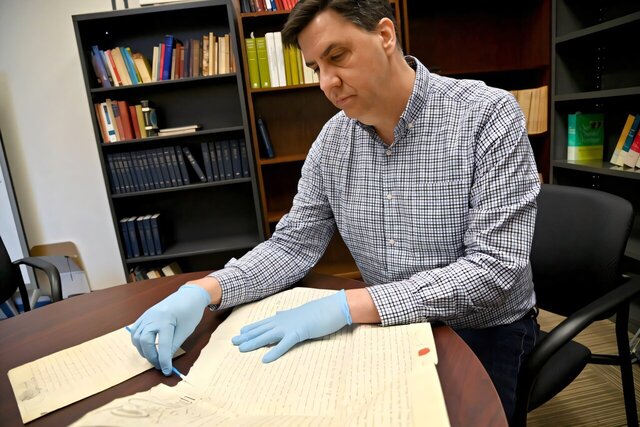
That’s where the cytology brush technique comes in. Cytology brushes, often used in medical tests like cervical cancer screenings, are gentle yet effective tools for collecting cellular material. Stinson and his team realized that these brushes could be used to collect DNA from ancient parchment without leaving visible marks or causing harm to the documents. This new approach, which has proven to be more efficient and less invasive than traditional methods, has revolutionized how we can study historical texts. The technique allows researchers to gather DNA from documents dating as far back as the 8th century, giving us a deeper understanding of the materials that shaped medieval history.
Video
Check out the video to hear from medievalist Tim Stinson on how he thinks and works – it’s a unique perspective!
The Research Team and Their Multidisciplinary Approach
This groundbreaking study was made possible through the collaboration of researchers from diverse fields. Tim Stinson, an associate professor of English, led the project alongside colleagues from NC State’s College of Veterinary Medicine. The interdisciplinary approach combines the expertise of humanities scholars, who study the written content of ancient manuscripts, with scientists skilled in DNA analysis. The team’s collaboration has opened new avenues for research that wouldn’t be possible through traditional methods alone.
The research team’s use of cytology brushes was tested on a broad range of historical documents. With over 300 samples from various time periods and regions, including some of the oldest manuscripts dating back to the 8th century, the team successfully demonstrated the effectiveness of the brush technique. This study represents a significant step forward in the field of biocodicology, which examines biological clues preserved in historical manuscripts.
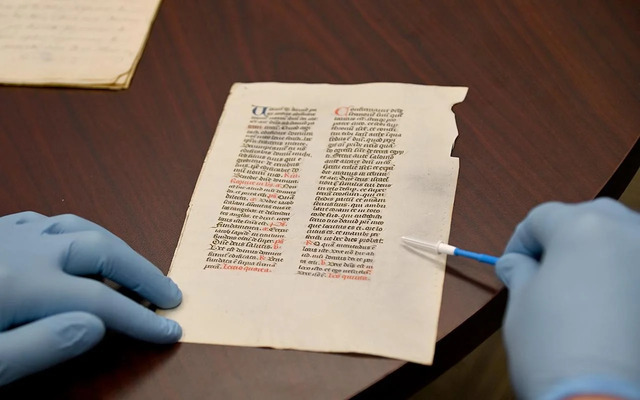
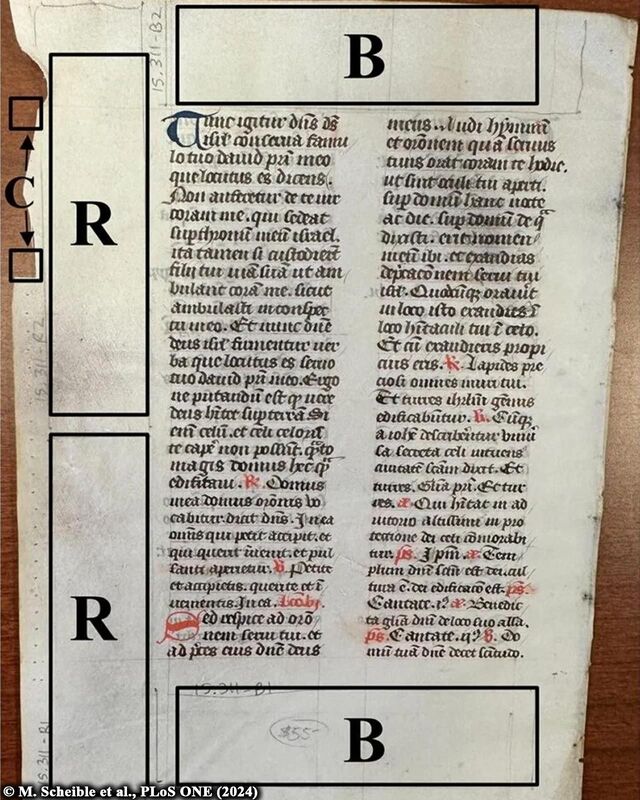
Examining Medieval Parchment: A Closer Look at Manor Court Rolls
One of the most intriguing aspects of this research is the focus on manor court rolls, a type of parchment that has been largely overlooked in past studies. In medieval Europe, manor courts were the local centers of legal and administrative activities, where records of births, deaths, land transactions, and legal disputes were maintained. These documents, often written on parchment, have provided historians with invaluable insights into feudal society.
What makes manor court rolls particularly interesting is the fact that they were often expanded over time, with new parchment sheets sewn together as the documents grew. Some of these rolls cover centuries of local history, offering a rich tapestry of social, legal, and economic events. By extracting DNA from these rolls, researchers can gain insights into the animals whose skins were used to create the parchment. This information can reveal a great deal about medieval farming practices, the species of livestock being raised, and even the health and breeding of these animals.
The ability to extract DNA from such documents offers a unique opportunity to enhance our understanding of medieval life, not only from the written record but also from the biological material preserved within it.
Beyond the Written Word: What DNA Can Tell Us About the Past
The ability to extract DNA from parchment opens up a wealth of information that goes beyond the written words on the page. DNA analysis can provide a clearer picture of the livestock used to make these documents, revealing the species, sex, and even the microbiomes of the animals. This information can tell us more about farming practices, the economic systems in place, and the conditions under which these animals were raised.
But the potential of this research goes beyond agriculture. By analyzing DNA from parchment, researchers can also learn about the diseases, climate conditions, and epidemics that may have affected medieval populations. The genetic material preserved in these ancient manuscripts could help to uncover how disease spread in medieval Europe and how it influenced the health of both humans and animals.
In this way, DNA doesn’t just complement the written record—it adds another layer of understanding, one that connects us directly with the people and environments of the past. This new method of DNA extraction is a powerful tool for unlocking the hidden history of the medieval world.
The Role of Biocodicology: A New Frontier in Historical Research
The research conducted by Stinson and his team positions NC State at the forefront of a growing field called biocodicology. This emerging discipline combines genetic studies with the analysis of historical manuscripts, offering a more holistic view of medieval society. By examining the biological materials preserved in documents, biocodicologists are able to explore questions that would have been impossible to answer through traditional methods.
Biocodicology not only helps us understand the animals used for parchment but also provides insights into the social, economic, and environmental conditions that shaped medieval Europe. For example, analyzing the DNA of livestock used for parchment can reveal how the domestication of animals evolved and how this influenced trade, agriculture, and society at large.
The growing importance of biocodicology has the potential to reshape how historians, archaeologists, and scientists approach the study of medieval history. By integrating biological and genetic evidence with written records, we can create a more comprehensive understanding of the past.
The Future of Parchment Analysis: Expanding the Study Across Time and Regions
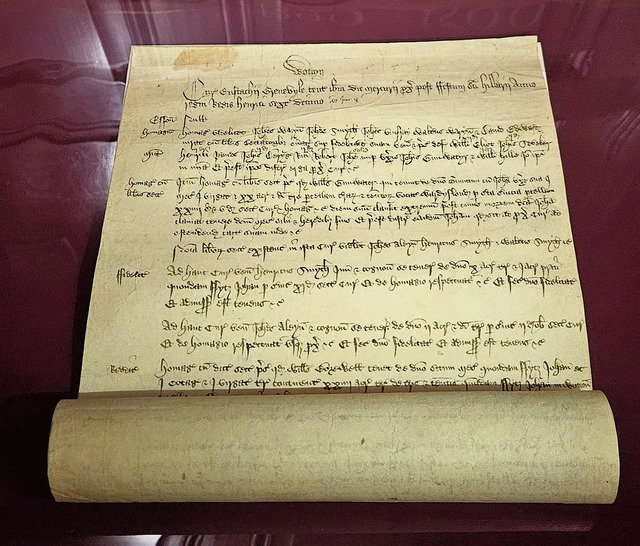
The success of the cytology brush technique has paved the way for future research into medieval parchment. Stinson and his team are planning to analyze more manor court rolls from institutions such as the Harvard Law Library, the Folger Shakespeare Library, and the Norfolk Record Office. These documents, which have long been overlooked by historians, could provide valuable clues about the lives of ordinary people living in medieval Europe.
The team is also expanding their research to examine parchment from different time periods and regions, including Northern Africa and the Middle East. By comparing DNA from these various manuscripts, researchers hope to uncover new information about the spread of animals, diseases, and cultural practices across vast distances. This will offer a more global view of medieval life, shedding light on how societies interacted and influenced one another.
Conclusion: Revolutionizing Medieval Research with DNA Insights
The groundbreaking work by Tim Stinson and his team is reshaping our understanding of medieval history. By combining traditional manuscript studies with cutting-edge scientific techniques, they are unlocking new dimensions of the past. The ability to extract DNA from parchment opens up exciting new possibilities for historical research, offering insights into farming, health, and the environment of medieval Europe.
As the study of biocodicology grows, it will continue to reveal hidden aspects of the medieval world that were previously inaccessible. This interdisciplinary approach not only enhances our understanding of ancient texts but also provides a more nuanced and complete picture of the lives of the people who lived centuries ago. Thanks to these innovative techniques, we are now able to look beyond the written words and uncover the biological clues that lie hidden within the pages of history.
Video
Watch the video to uncover the surprising origins of a mysterious 1,600-year-old skeleton revealed by DNA – it’s a fascinating discovery!
